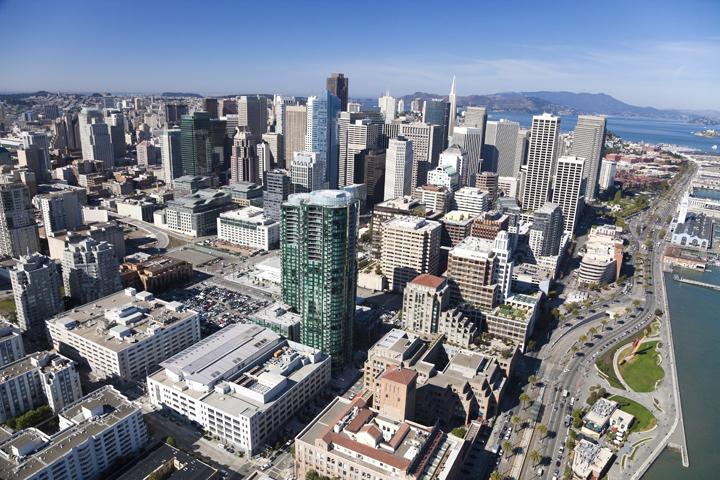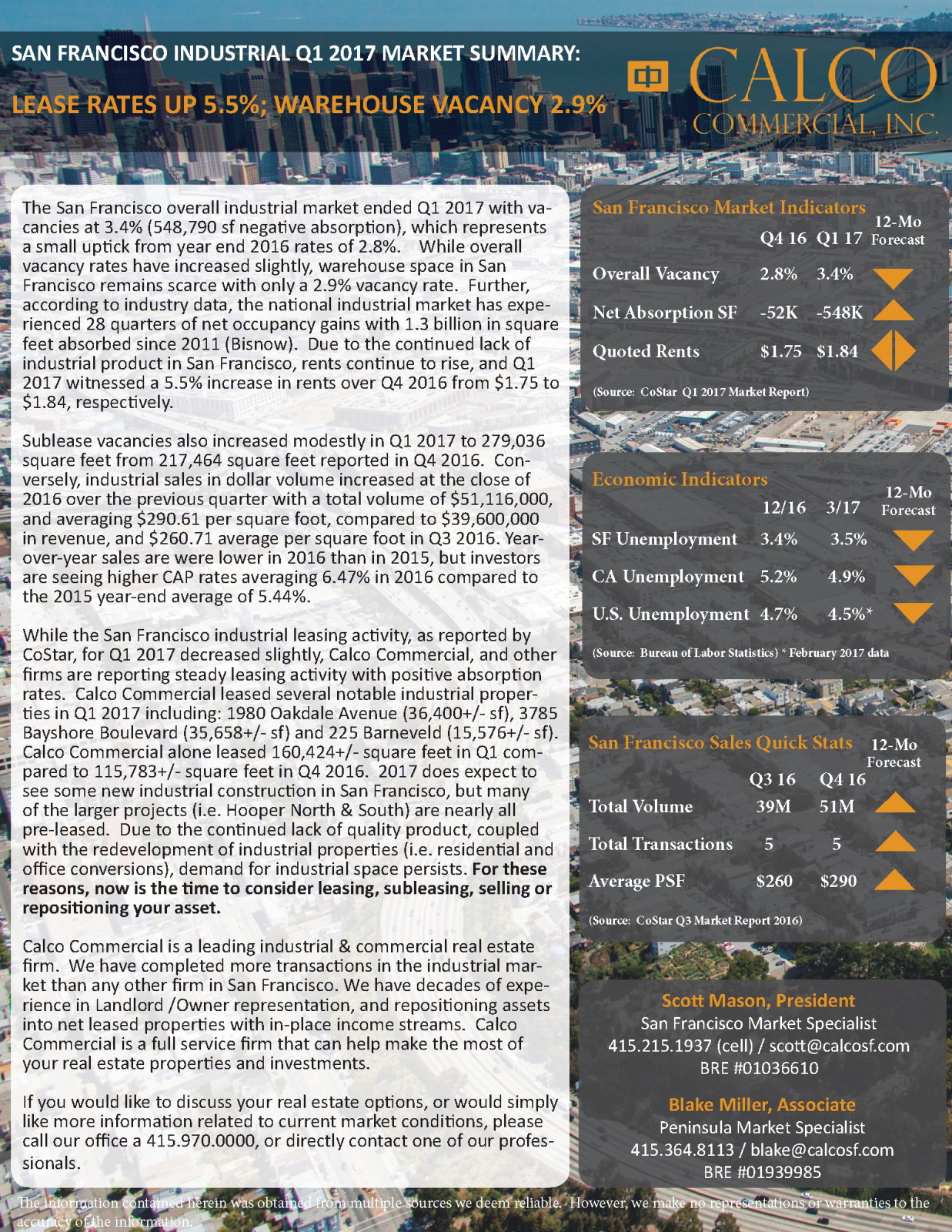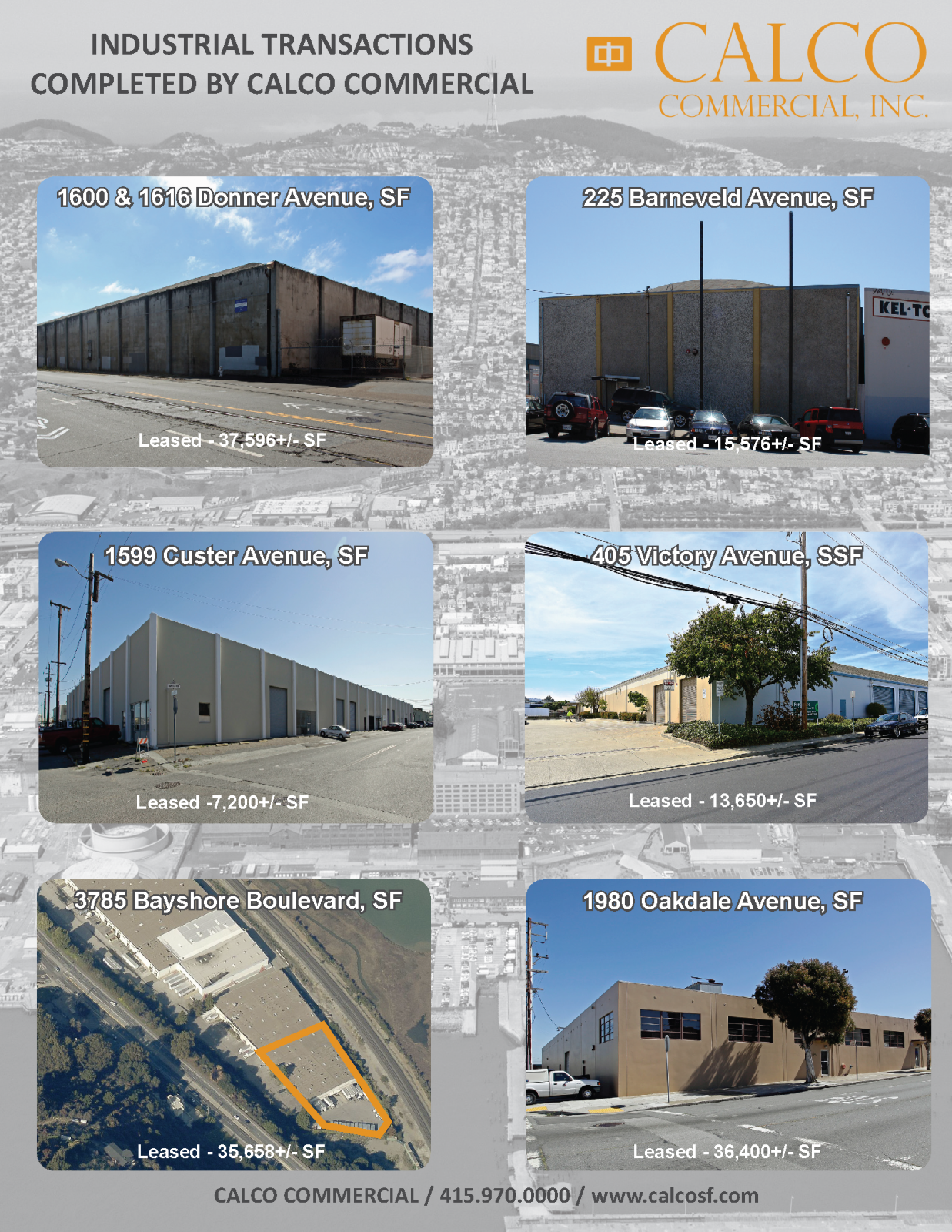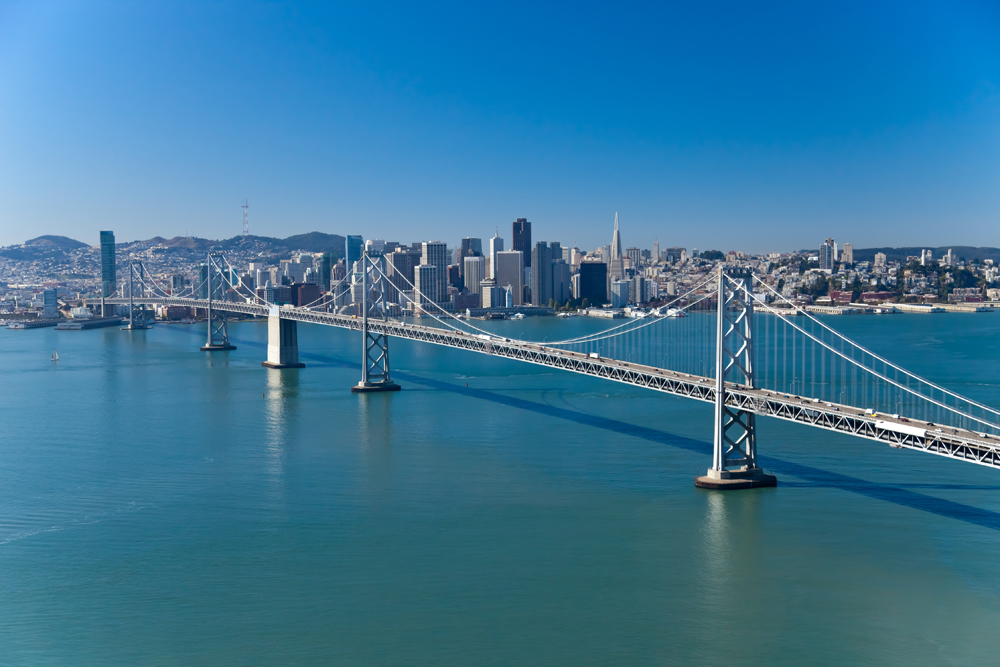According to Bisnow, 2017 thus far has clocked the most leasing transactions since 2014, with tech giants like Facebook and Dropbox both inking large leases in San Francisco.

Low vacancy rates coupled with limited new construction (or new projects hitting the market pre-leased), the San Francisco market will remain restricted for the foreseeable future. However, “despite the challenging rents and diminishing availability, tech will remain a stronghold in San Francisco.” San Francisco has become synonymous with tech, and for now San Francisco is still the place to be for giants and start-ups alike.
















